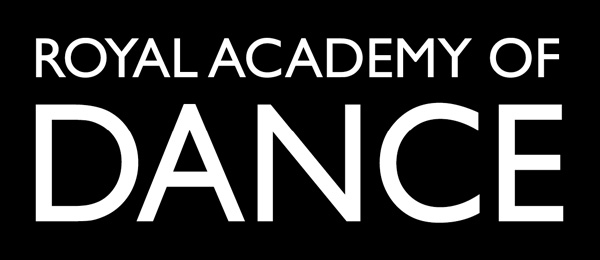
After the success of the Royal Academy of Dance’s first Guest Speaker event with Christopher Hampson in April 2012, and the recent event in October with Kevin O’Hare, the RAD’s Faculty of Education has announced that Robert Parker, the Artistic Director of Elmhurst School for Dance, will be their next guest speaker on Sunday 18 November at Birmingham Royal Ballet. The RAD will be offering dance fans the chance to hear yet another leading dance figure’s journey and anecdotes by opening Birmingham Royal Ballet’s tutu adorned doors.
As a Principal dancer with the Birmingham Royal Ballet company, Parker donned his ballet shoes and tights and performed all of the classical lead roles, as well as performing in works by esteemed choreographers such as Twyla Tharp, Kim Brandstrup and David Bintley. He recently completed the Faculty of Education’s Professional Dancers’ Teaching Diploma at the RAD, adding yet another dance string to his ballet bow. As for the Elmhurst School for Dance, based in Edgbaston, Birmingham, the institution offers ballet training to 11 to 19 year olds, with close links with Birmingham Royal Ballet. Elmhurst is the oldest vocational dance school in the UK and its vision is to provide a world renowned centre of excellence for the training and education of classical ballet dancers for Birmingham Royal Ballet, and many other national and international dance companies.
Parker is set to discuss his training and career in dance with his audience for the Royal Academy of Dance, with the event free of charge to RAD Faculty of Education students, RAD members and RAD staff, but non-members are also welcome to reserve in advance. Attendance will cost £10 (including VAT) for non-members, with places allocated on a first come, first served basis.
Image courtesy of the Royal Academy of Dance.

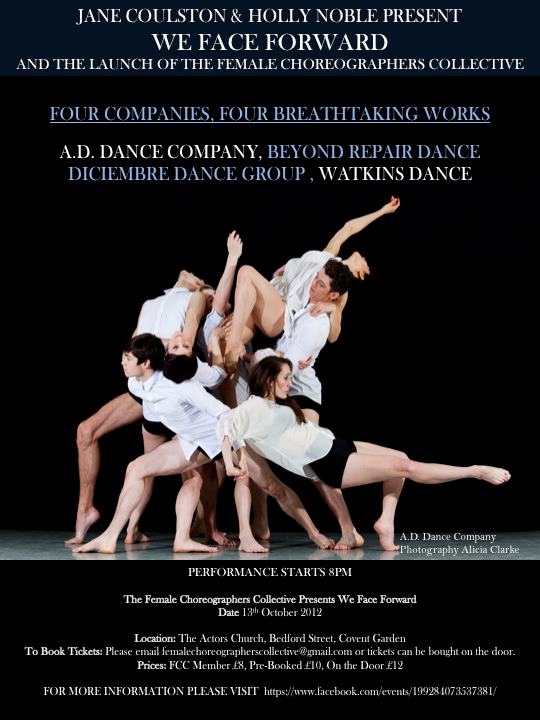
 The London Studio Centre recently announced confirmation that it would be moving its headquarters to artsdepot in North Finchley from the start of the 2012/13 academic year, in addition to all the leg warmers, leotards, ballet shoes, jazz pants and noisy tap shoes it will also be transporting through means of its new and returning students. With the new term and year well underway, such a resourceful and ‘giving’ venue seems perfect for such an organisation.
The London Studio Centre recently announced confirmation that it would be moving its headquarters to artsdepot in North Finchley from the start of the 2012/13 academic year, in addition to all the leg warmers, leotards, ballet shoes, jazz pants and noisy tap shoes it will also be transporting through means of its new and returning students. With the new term and year well underway, such a resourceful and ‘giving’ venue seems perfect for such an organisation.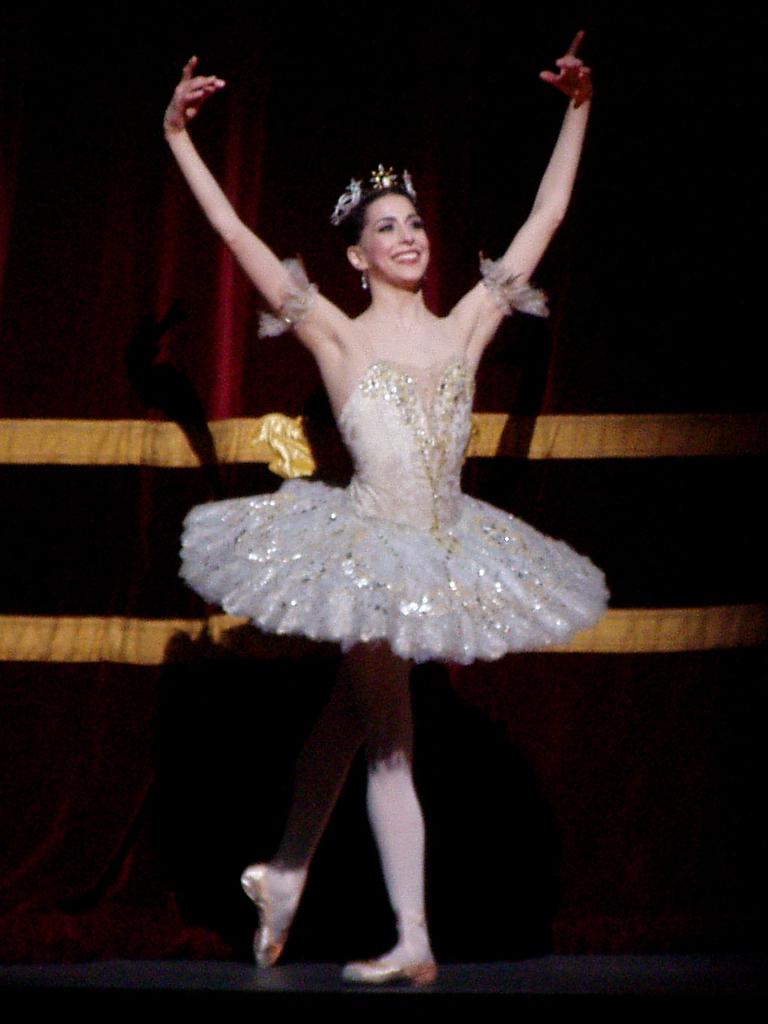
 Following on from the announcement of the Dancers’ Career Development project to mentor twenty dancers, a hugely popular application process has seen the dancers selected, all nominated by their peers as future leaders (wearing a variety of dance shoes and an array of leotards).
Following on from the announcement of the Dancers’ Career Development project to mentor twenty dancers, a hugely popular application process has seen the dancers selected, all nominated by their peers as future leaders (wearing a variety of dance shoes and an array of leotards).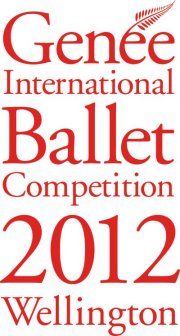 The Genée International Ballet Competition, the prestigious competition of the Royal Academy of Dance, is fast approaching at the end of 2012. December will see many international applicants don their pointe shoes and ballet tights in order to take part in one of the most highly-thought of ballet competitions all over the world. Taking place in Wellington, New Zealand, tickets for the semi-finals and finals are fast selling out, with competitors preparing themselves for a week of masterclasses, coaching and finally, performing, ready to take the next steps in their ballet careers and present themselves in the most positive light.
The Genée International Ballet Competition, the prestigious competition of the Royal Academy of Dance, is fast approaching at the end of 2012. December will see many international applicants don their pointe shoes and ballet tights in order to take part in one of the most highly-thought of ballet competitions all over the world. Taking place in Wellington, New Zealand, tickets for the semi-finals and finals are fast selling out, with competitors preparing themselves for a week of masterclasses, coaching and finally, performing, ready to take the next steps in their ballet careers and present themselves in the most positive light.
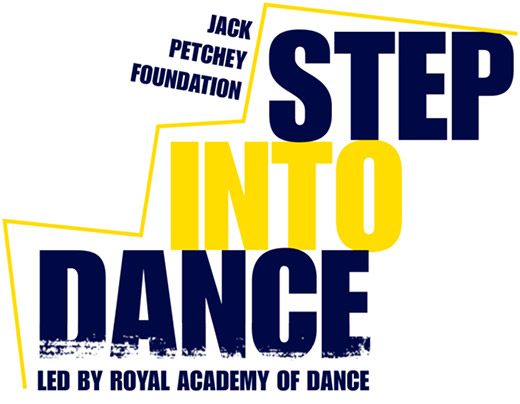
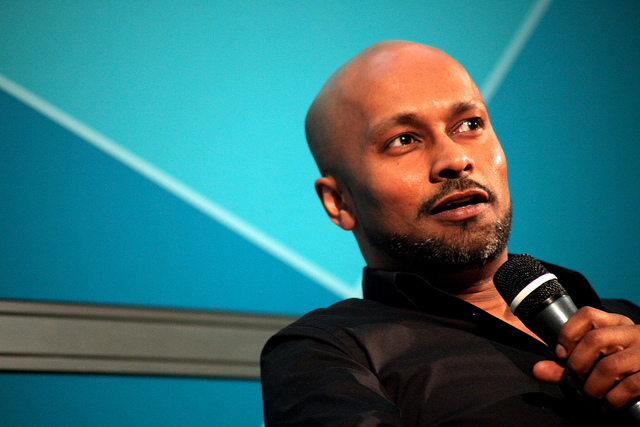
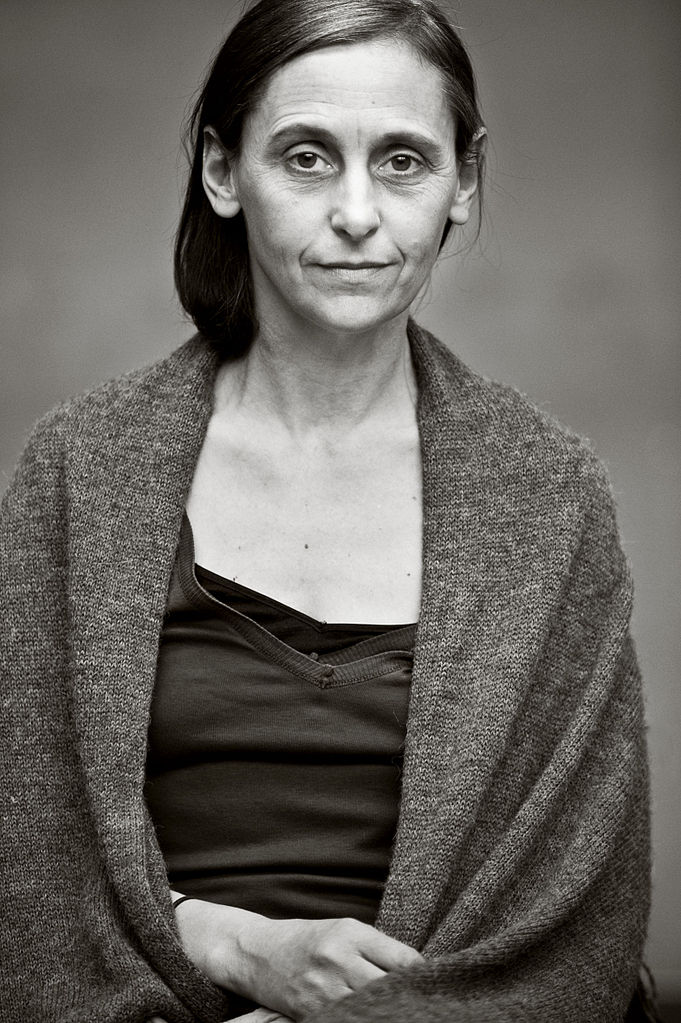 Despite much time elapsing between the esteemed choreographer Anne Teresa De Keersmaeker’s next moves in the dance world and the similarities of her work with a high-heeled music video of Beyoncé’s, it still seems fit to draw upon the links between the almost chilling uniformity of De Keersmaeker’s Rosas Danst Rosas and Beyoncé’s Countdown music video, seemingly inspired by the choreographer. This connection between the contemporary dance world and the pop culture to which Beyoncé belongs is becoming shorter, with both choreographers and music artists being inspired by alternative stimuli.
Despite much time elapsing between the esteemed choreographer Anne Teresa De Keersmaeker’s next moves in the dance world and the similarities of her work with a high-heeled music video of Beyoncé’s, it still seems fit to draw upon the links between the almost chilling uniformity of De Keersmaeker’s Rosas Danst Rosas and Beyoncé’s Countdown music video, seemingly inspired by the choreographer. This connection between the contemporary dance world and the pop culture to which Beyoncé belongs is becoming shorter, with both choreographers and music artists being inspired by alternative stimuli.